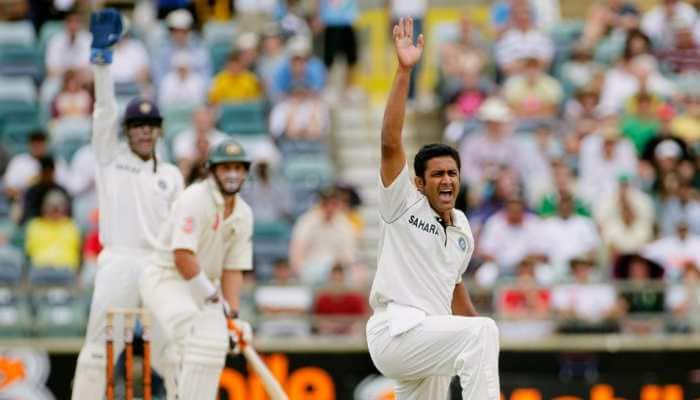Law Ministry faced flak over vacancies in courts in 2016
2016 can be summed up as a year when the Law Ministry came under constant fire of outgoing Chief Justice of India TS Thakur for rising vacancies in the higher judiciary even as its efforts to finalise a document to guide appointments in high courts and the Supreme Court failed to get finalised.
Trending Photos
)
New Delhi: 2016 can be summed up as a year when the Law Ministry came under constant fire of outgoing Chief Justice of India TS Thakur for rising vacancies in the higher judiciary even as its efforts to finalise a document to guide appointments in high courts and the Supreme Court failed to get finalised.
On its part, the ministry appointed 126 judges this year, the highest number in the past several years.
On April 24, those present at the inauguration of the Chief Ministers-Chief Justices conference were shocked to see Justice Thakur in tears in the presence of Prime Minister Narendra Modi.
The CJI lamented government's "inaction" in raising the number of judges from 21,000 to 40,000 to handle mounting cases, saying, "you cannot shift the entire burden on the judiciary".
"Nothing moves", an unusually emotional Thakur said, recalling a 1987 Law Commission recommendation to increase the number of judges from then 10 judges per 10 lakh people to 50.
Days after Justice Thakur had quoted the Law Commission recommendation on judge-population ratio, the then Law Minister D V Sadananda Gowda said the report was not based on scientific data.
At the conference, it was decided that an extraordinary provision of the Constitution would be used to appoint retired high court judges in high courts to help bring down rising pendency of cases.
But days after the Law Ministry approved the minutes of the conference, it told a Parliamentary committee that there is no mechanism in place to deal with complaints against retired judges.
As of now, names of 18 retired judges from six high courts for re-appointment are pending with the government.
Another major point of confrontation was the decision of the government to return the names of 43 candidates for appointment as high court judges to the Supreme Court collegium.
Out of the 43 names, the collegium reiterated the names of 37, deferred three proposals while three other names are still with it.
On November 18, the Supreme Court had informed the government that it had reiterated every one of the 43 names that was sent back by the government to the collegium for reconsideration.
But Minister of State for Law PP Chaudhary told the Lok Sabha in a written reply that the collegium has reiterated its recommendation for 37 candidates only.
The main sticking point between the government and the judiciary remained the finalisation of memorandum of procedure -- a document which will guide future appointment of judges to the Supreme Court and the 24 high courts.
While the Supreme Court collegium rejected the first draft, the second draft sent to it in August is still pending. A decision is now expected after Jagdish Singh Khehar takes over as the CJI on January 4.
The decision of the government to refer the controversial uniform civil code matter to the Law Commission to see whether it can be implemented is another issue which kept the Law Ministry in the limelight.
Amid voices of protest and support, the Law Commission sought views of the public on the common code and triple talaq. Till December 22, it had received over 40,000 responses.
Stay informed on all the latest news, real-time breaking news updates, and follow all the important headlines in india news and world News on Zee News.
Live Tv







)
)
)
)
)
)
)
)
)
)
